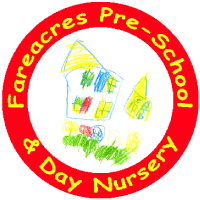This has been a busy week at both our nurseries.
It’s good to talk
Communication in the early years is far more complex than speech alone. As humans, our need for communication is apparent, and this skill is at a rapid pace of development in the first years of a child’s life. Communication can be divided into two, interconnected parts, which are ‘receptive’ and ‘expressive’. The receptive communication skills are the first to develop. This is a child’s understanding and ability to process the language that surrounds them. Expressive communication skills are the vocalisations that then turn into the words and vocabulary we hear.
The acquisition of communication has long been researched, with many arguments put forward, giving different findings. The most famous of these are from Noam Chomsky, a linguist and scientist, who developed the theory of each child being born with a ‘Learning Acquisition Device’ which is internal and not reliant on society. Whereas, Bruner, a psychologist, believed that communication was reliant on society and interactions, and that it was through the use of a ‘Language Acquisition Support System’, which a child develops the ability to communicate.
Despite the differing views, one thing has always been universally agreed upon, and that is the importance of communication. At Fareacres, this skill is highly valued and promoted in every aspect of our provision. We encourage the use of speech, both verbal and non-verbal, in the form of Makaton. We also ensure that staff use age appropriate language and communication skills, thus developing receptive skills. Children that have English as an Additional Language (EAL) are equally encouraged to communicate, with practitioners prompting key words from home, that can be used in the nursery, to help the child communicate. At Fareacres, we value children with EAL, as this will help the child to speak two or more languages, thus developing the connections made in the brain, promoting cognitive development.
Here are a few helpful hints that we use at Fareacres, to help communicate effectively with children:
- Get down to the child’s level
- Allow 10 seconds for the child to reply to any communication
- Use age appropriate language
- Use sentences that match the child’s age and stage
- Model good communication
- Read stories to widen vocabulary
- Explore poetry to help child gain understanding of words
- Show interest in communicating with the child
- Play games that encourage communication, such as ‘Simon says’ or ‘Telephones’
- Make time to communicate
Whilst at Fareacres, children are assessed within the Early Years Foundation Stage curriculum, and one of the prime areas of learning is ‘Communication and Language’. Please speak to your child’s key person if you would like any further information.
Please find below an interesting fact sheet, produced by the Communication Trust:
https://www.thecommunicationtrust.org.uk/media/363847/tct_univspeak_0-5.pdf
Weekly Experiences
The children in Gants Hill have been exploring bubble play. Bubble activities are great for nurturing a child’s sense of curiosity. Bubbles are an excellent way to help your baby or toddlers developing visual skills. For little babies, bubbles are a fun tummy time activity and every bit of happy tummy time helps with development. Popping the bubbles, be it with the whole hand, two hands, a finger, a foot or a toe all involve the development of hand-eye or foot-eye coordination.
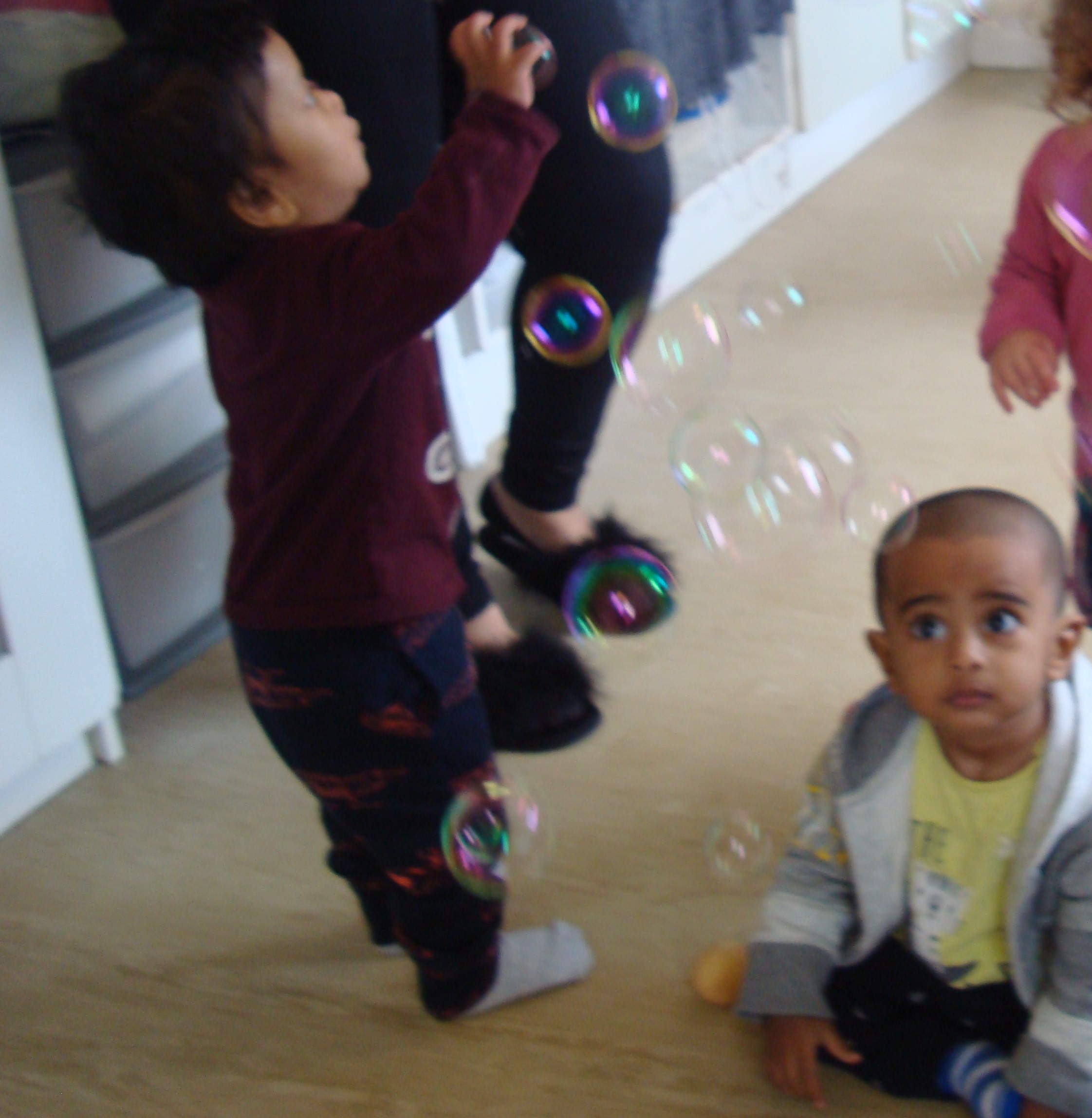
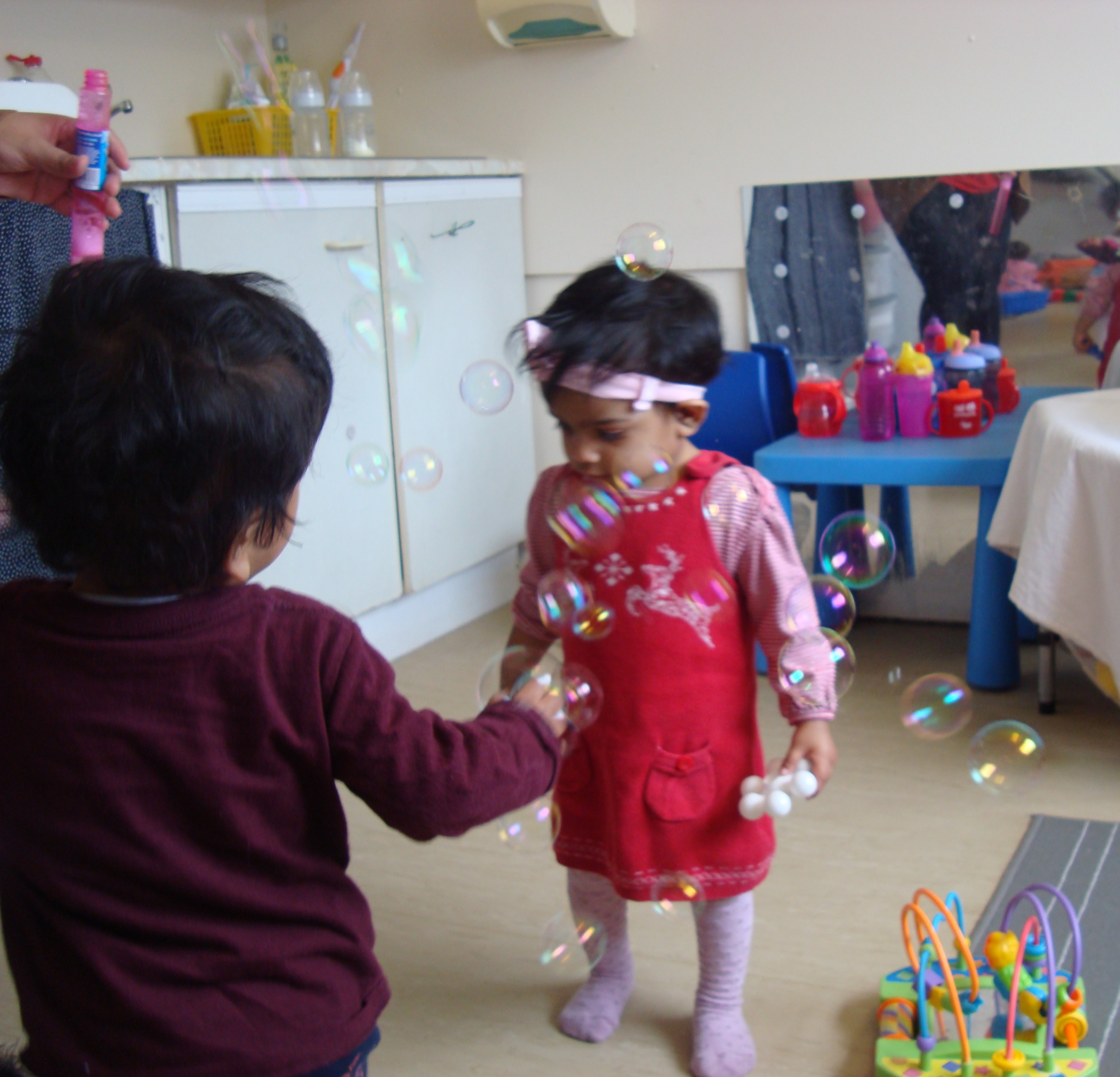
The children in Rainbow fish in South Woodford have been making flowers to celebrate spring arriving. The children have been using different coloured rice and paper plates to create their flowers. This activity is great for the younger children as the use of rice introduces a sensory element to the activity. Sensory play uses all 5 senses, but the sense of touch is often the most frequent.
The children in Gants Hill have been exploring 3D shapes through junk modelling. The group worked together using different 3D shapes to create a robot. This activity enhanced the children’s knowledge on 3D Shapes in a fun messy way. In addition the children used sustained shared thinking to discuss the plan for the robot enabling children to listen to each other’s ideas.
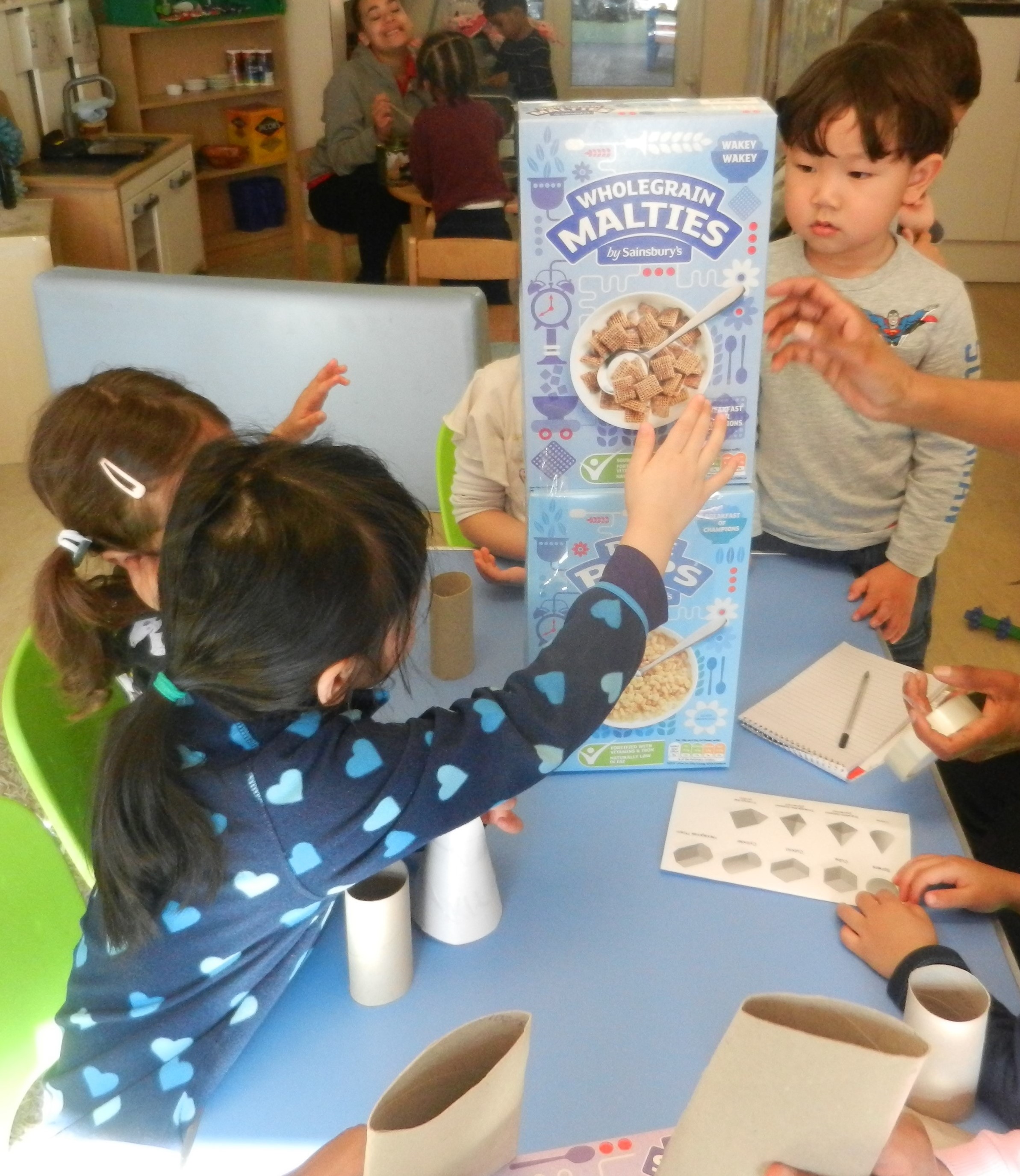
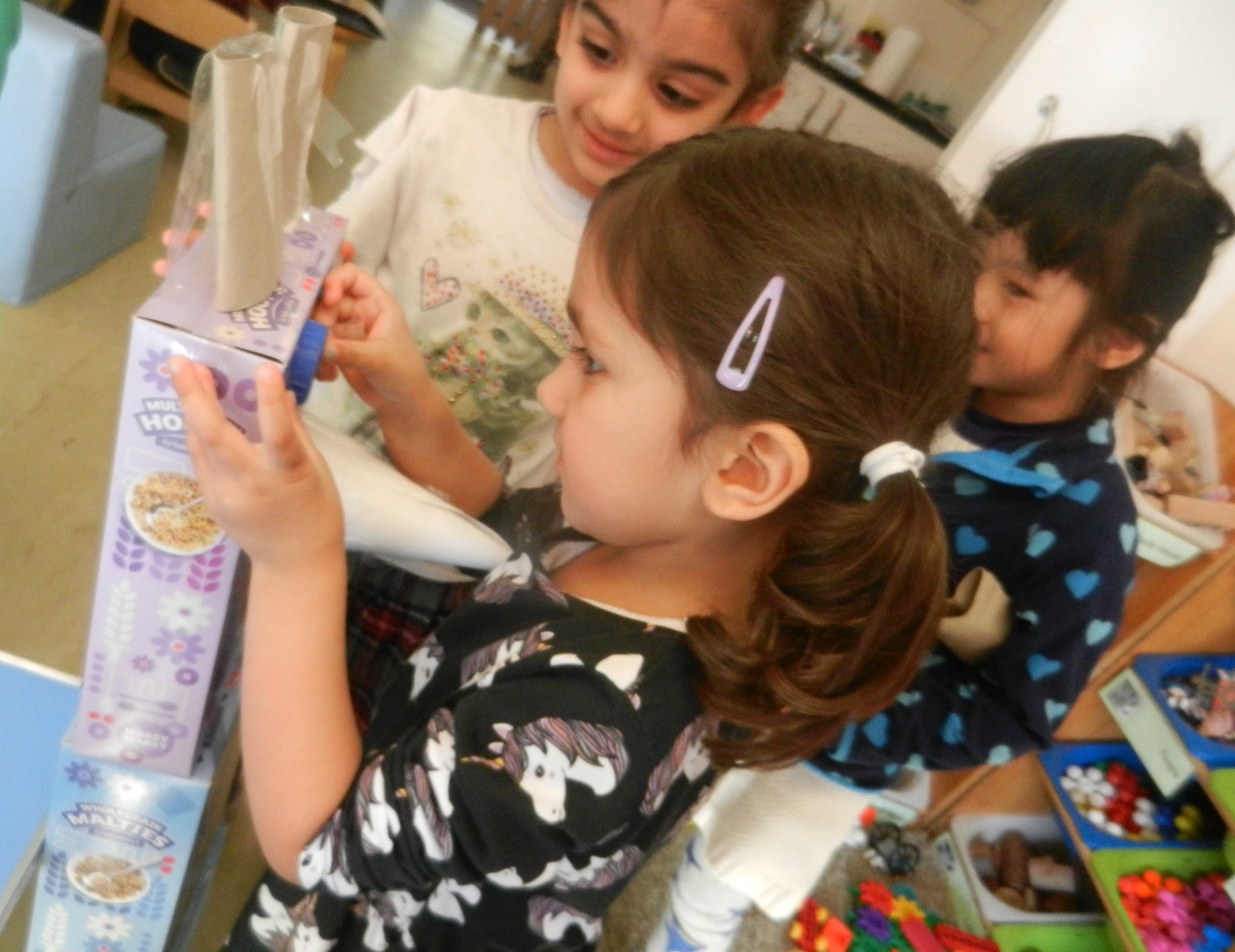
The children in Stingrays in South Woodford have been playing and exploring the balls in the ball pit. This has helped the children to develop social skills, turn taking, hand eye coordination and development of muscles to support the children to throw the ball. All children really enjoyed participating in this activity. Here are some comments made by the children:
"Ball" - Clara
"Oh no" - Alex
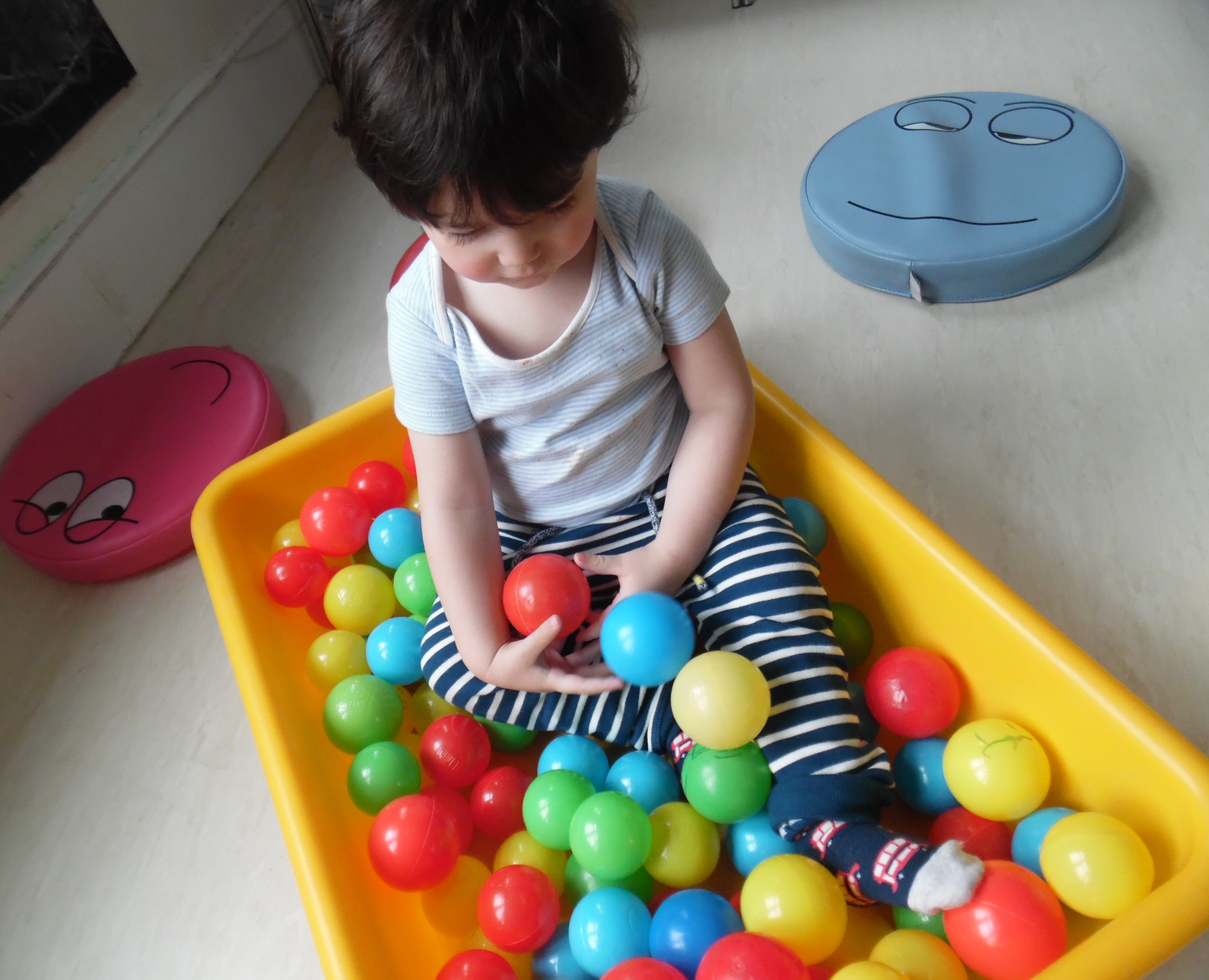
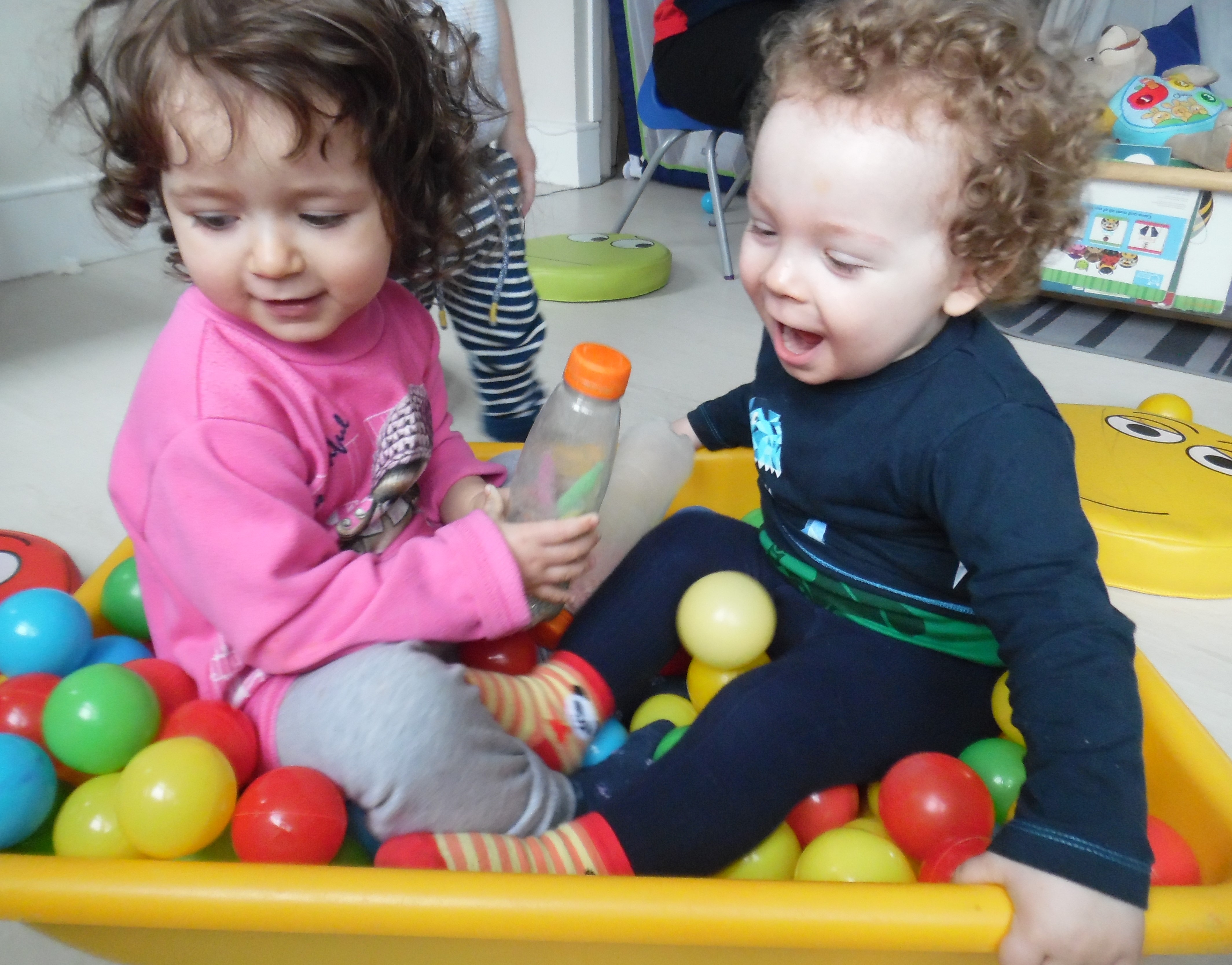
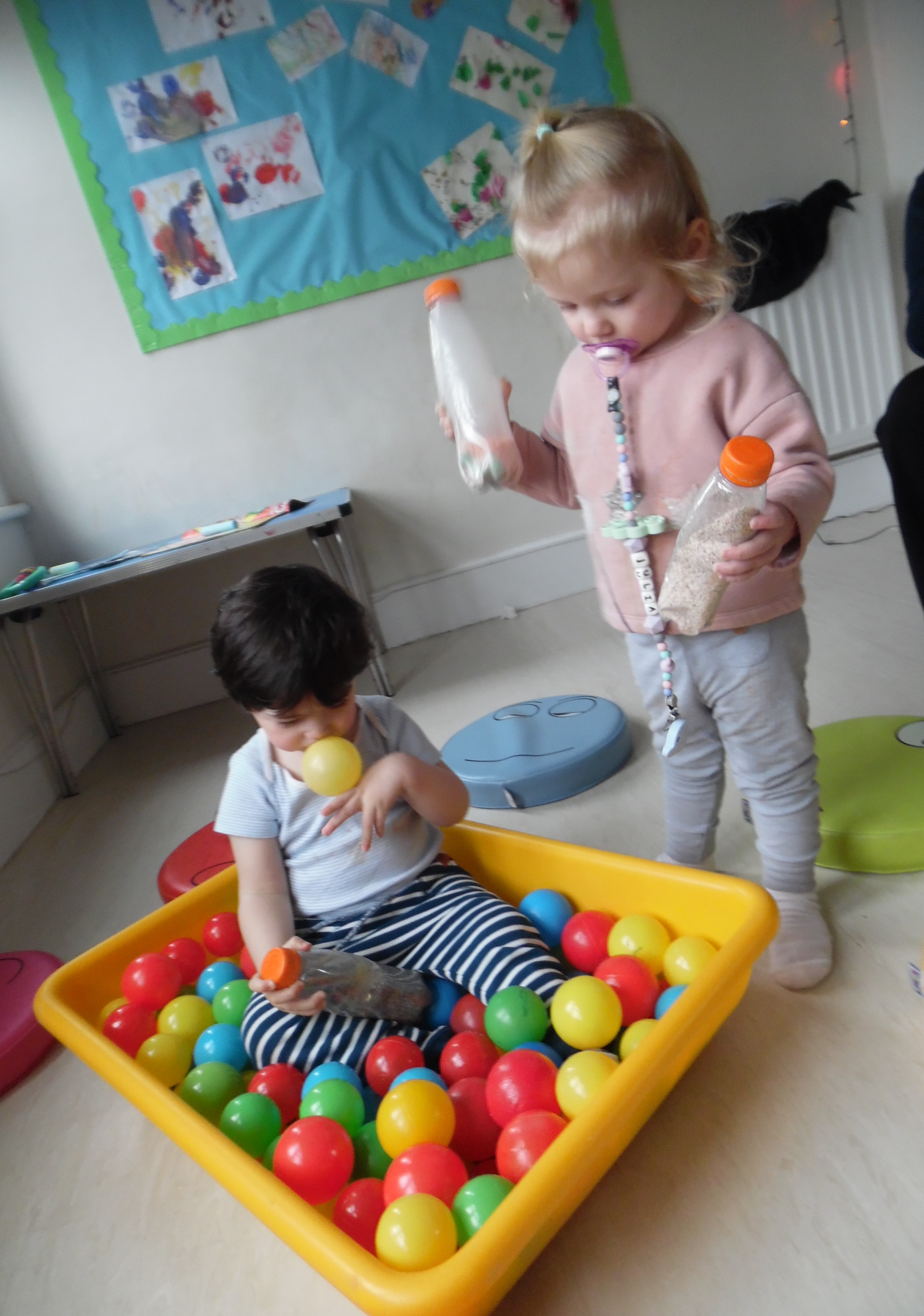
The children in Gants Hill have been exploring role play in their home corner. This activity helps the children to identify with the adult world. Practise and role play their understanding and interpretation. Develop social skills: practising negotiation skills, turn taking and sharing. This activity also introduces new vocabulary to the children.
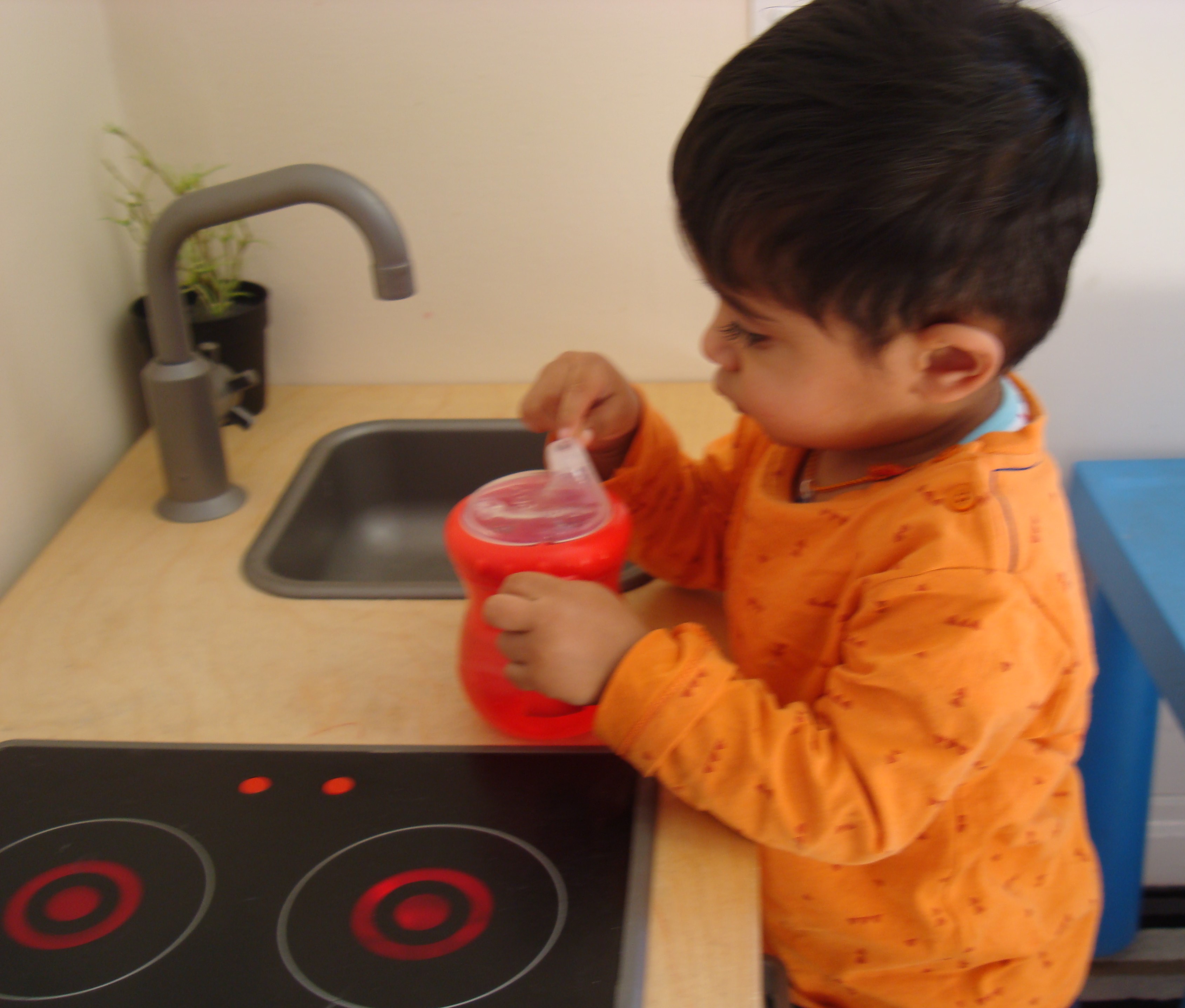
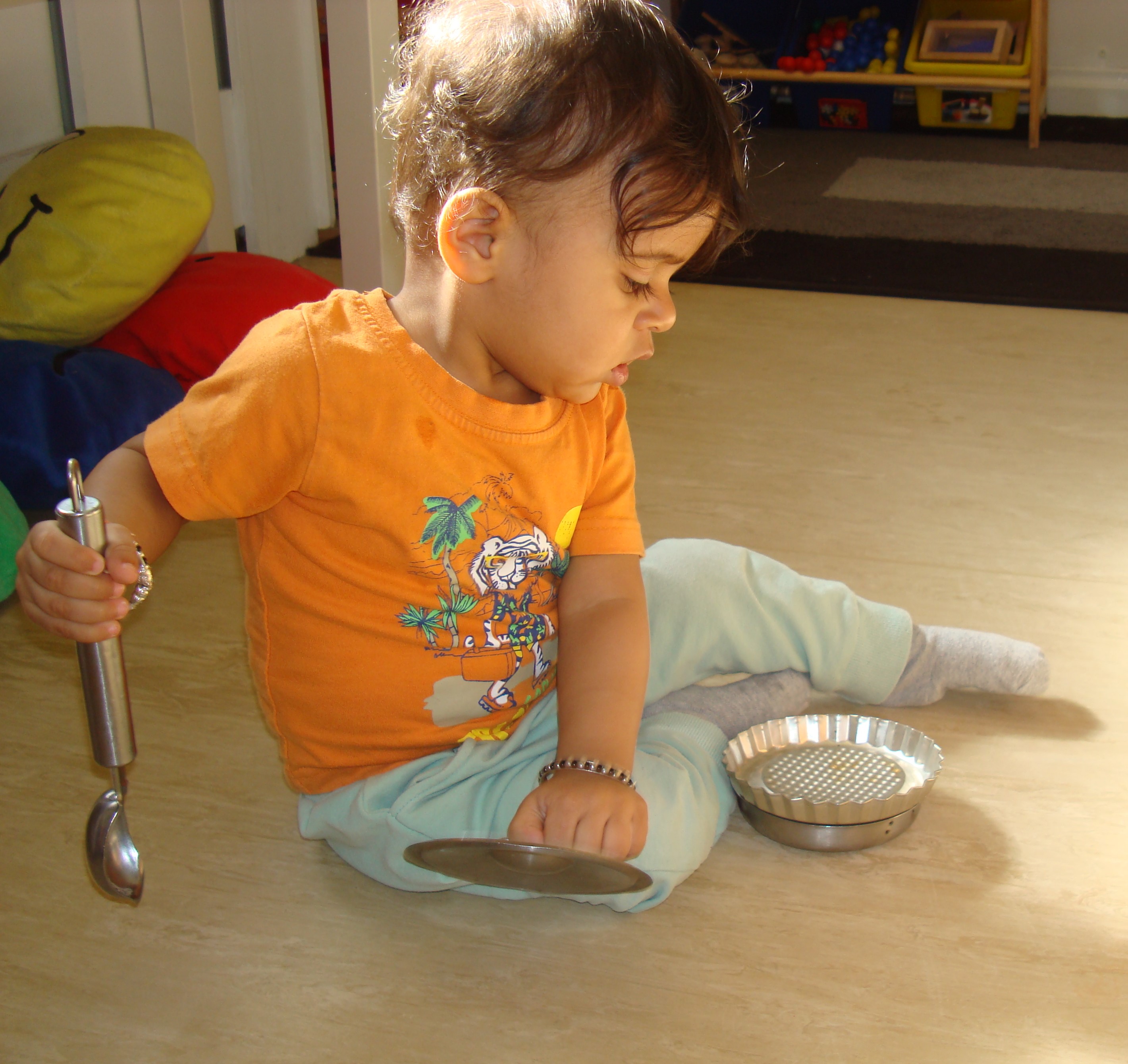
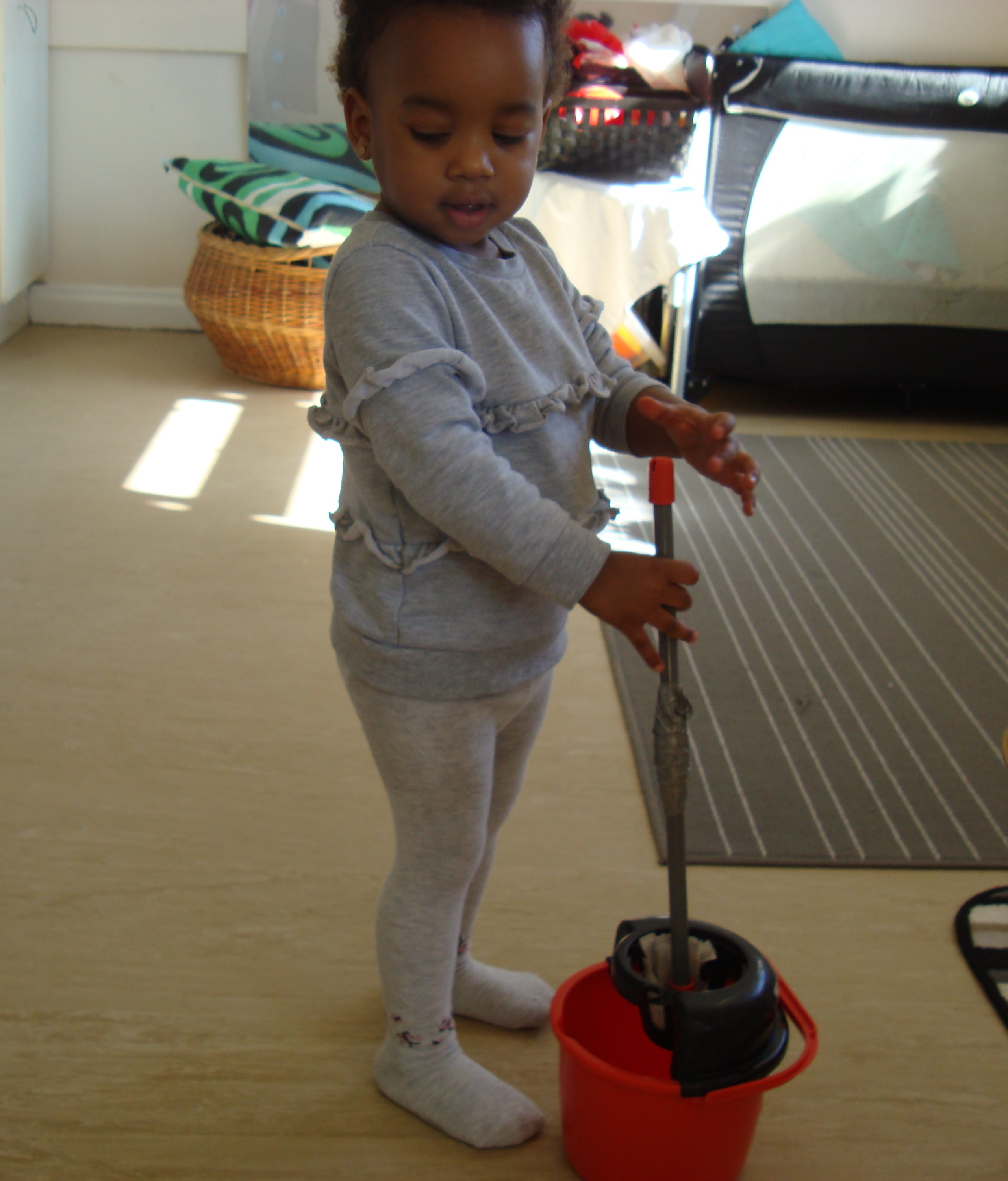
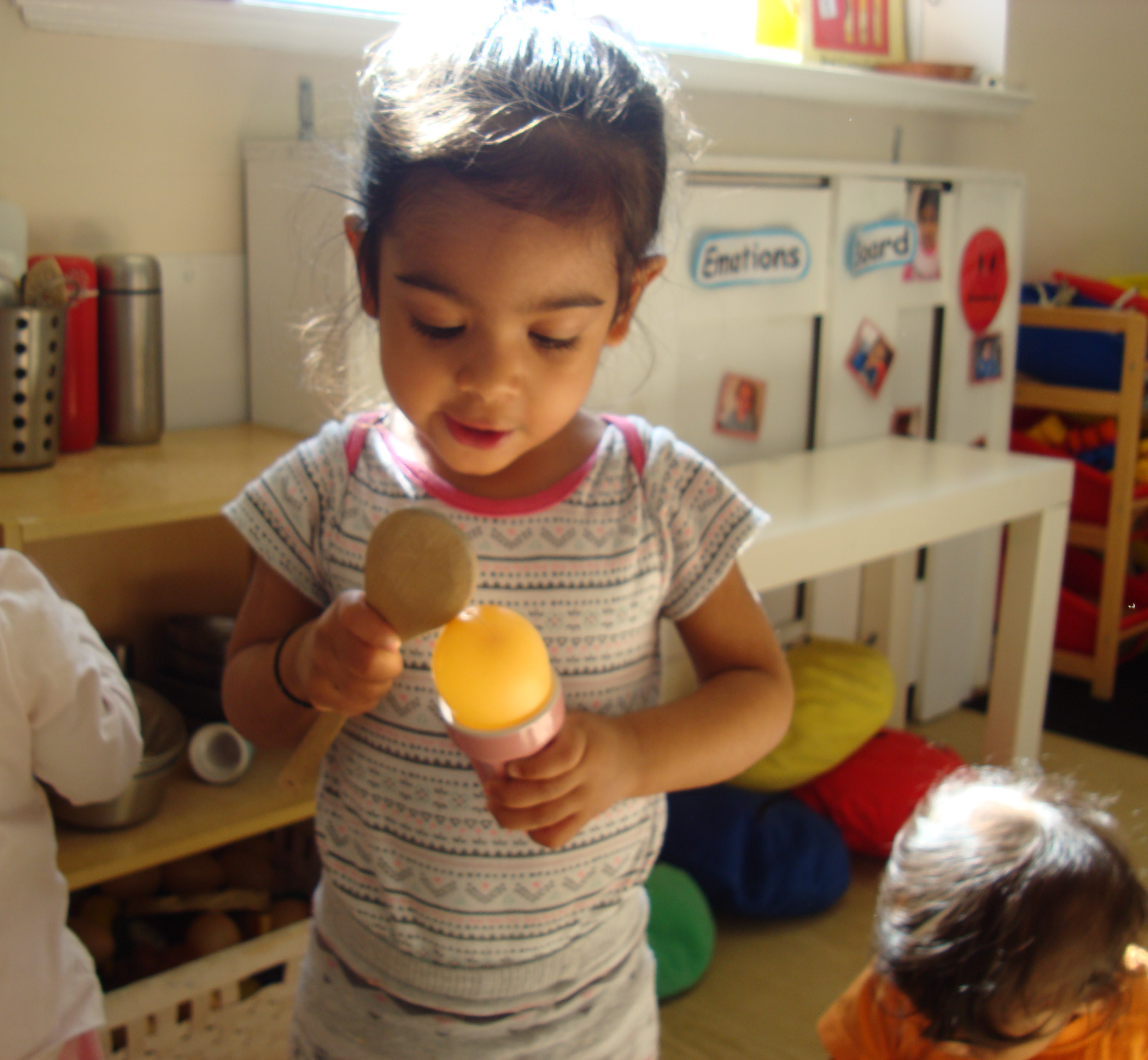
The children in Sharks in South Woodford have been on outings to the local library. This gave the children an opportunity to look at the different variety of books that the library offers. The children are also introduced to the use of technology by scanning the books out or returning previously borrowed books. Outings are encouraged within the EYFS to extend the children’s learning opportunities in the local community. Here are some comments made by the children:
"Oh its Incy Wincy Spider" - Xavi
"Under the tunnel at library" - Saanvi
"Ohh turn the page" - Zach
"Get another one" - Frederika
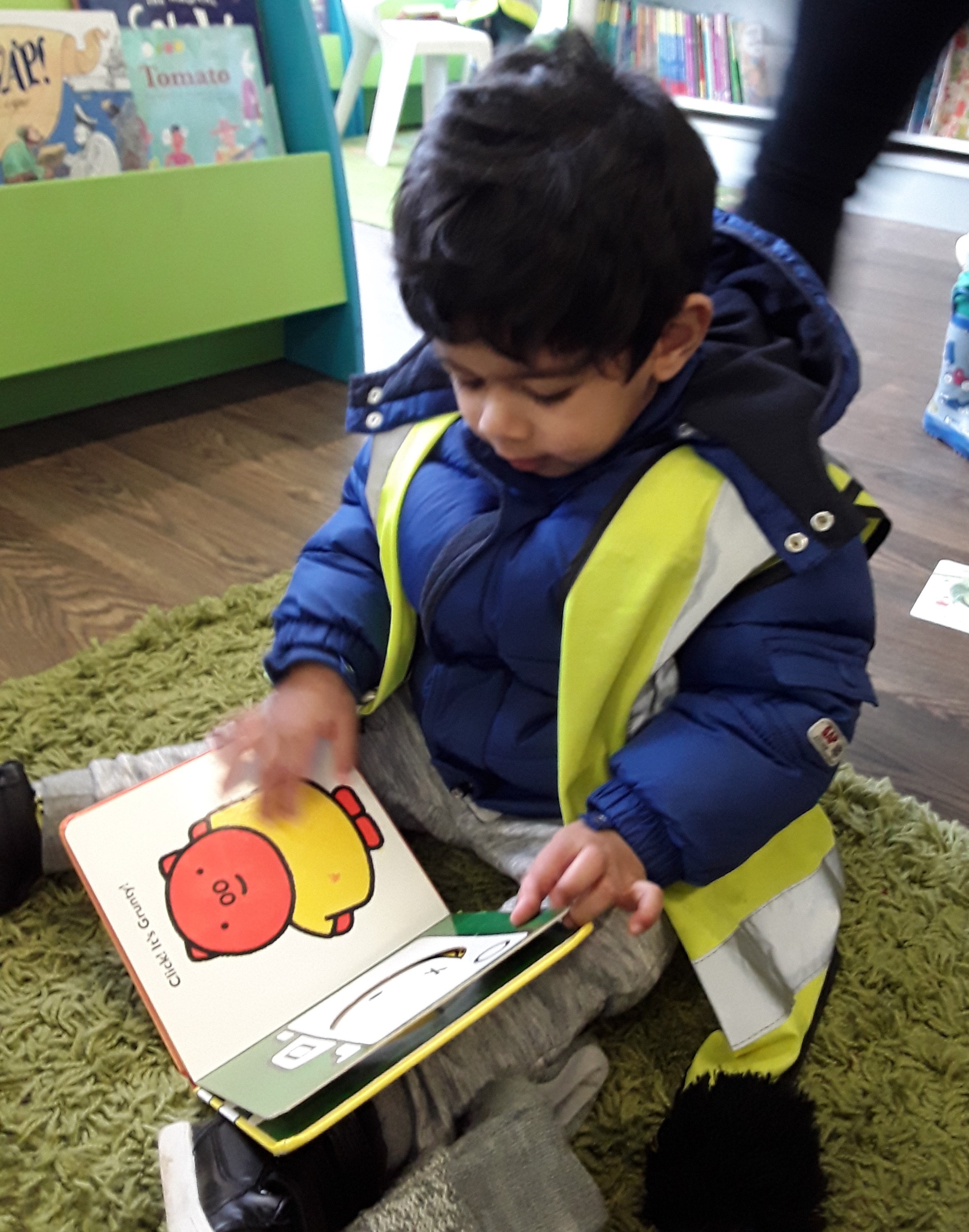 Library Visit SW
Library Visit SW
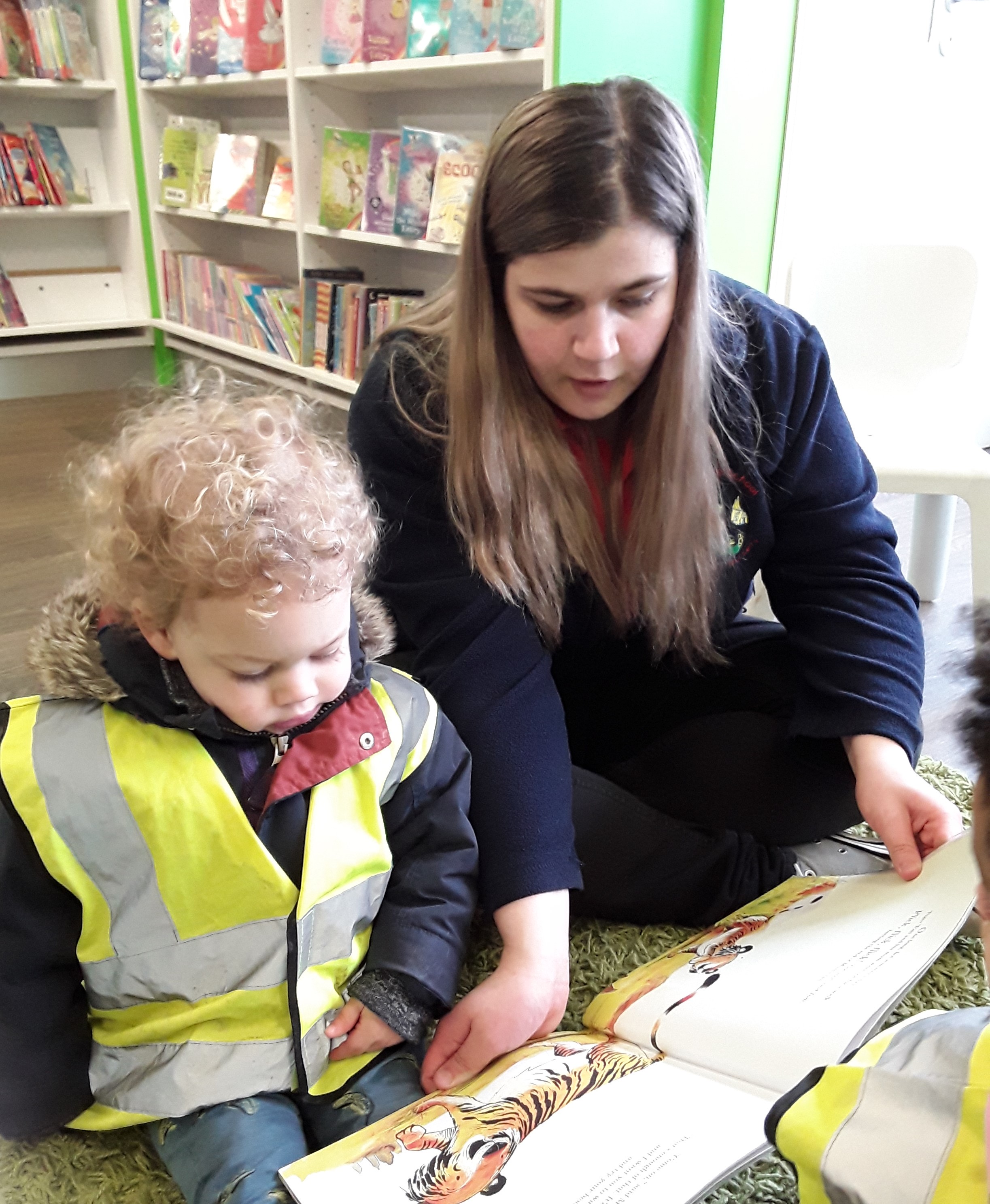 Library Visit SW
Library Visit SW
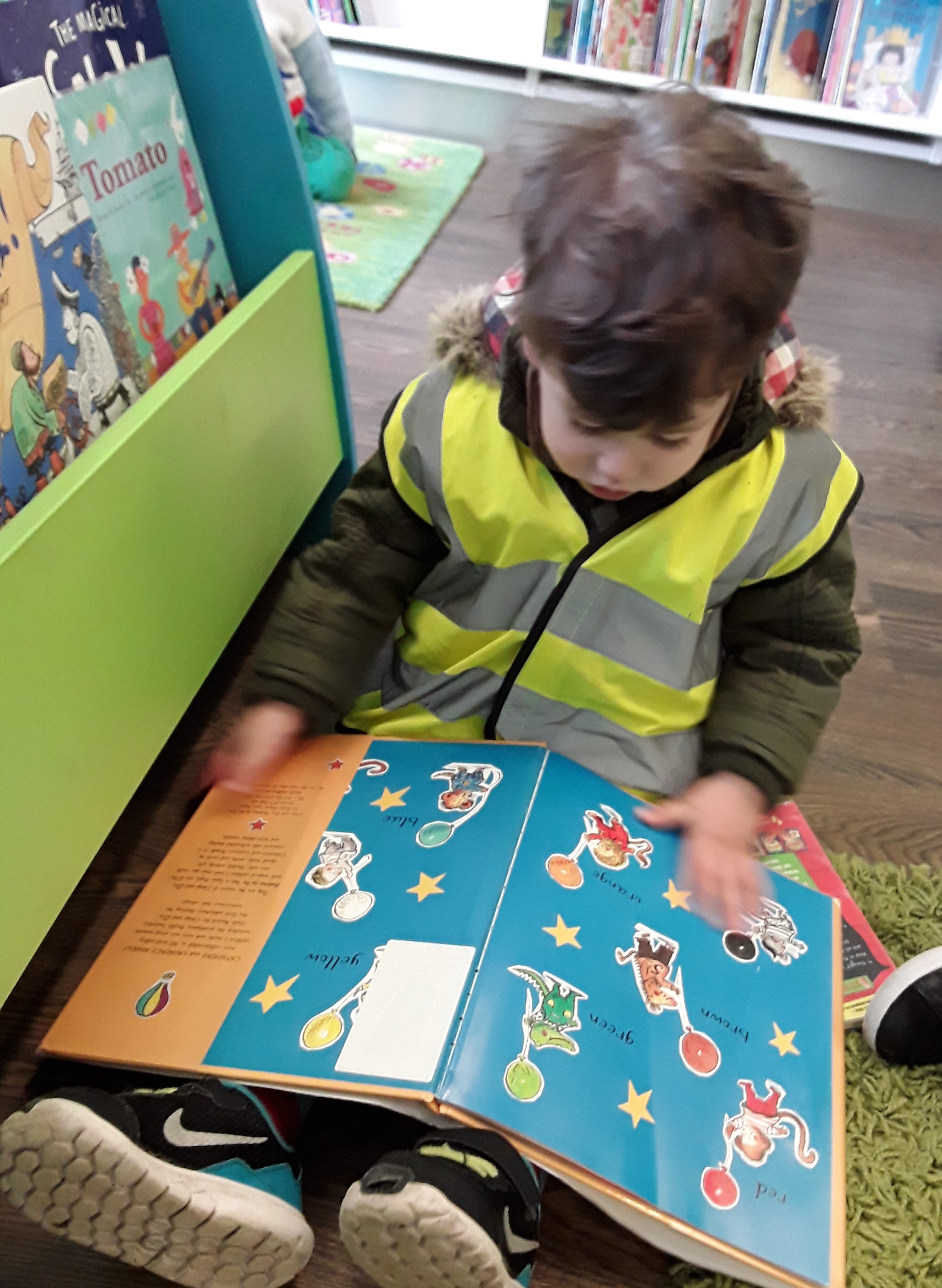 Library Visit SW
Library Visit SW
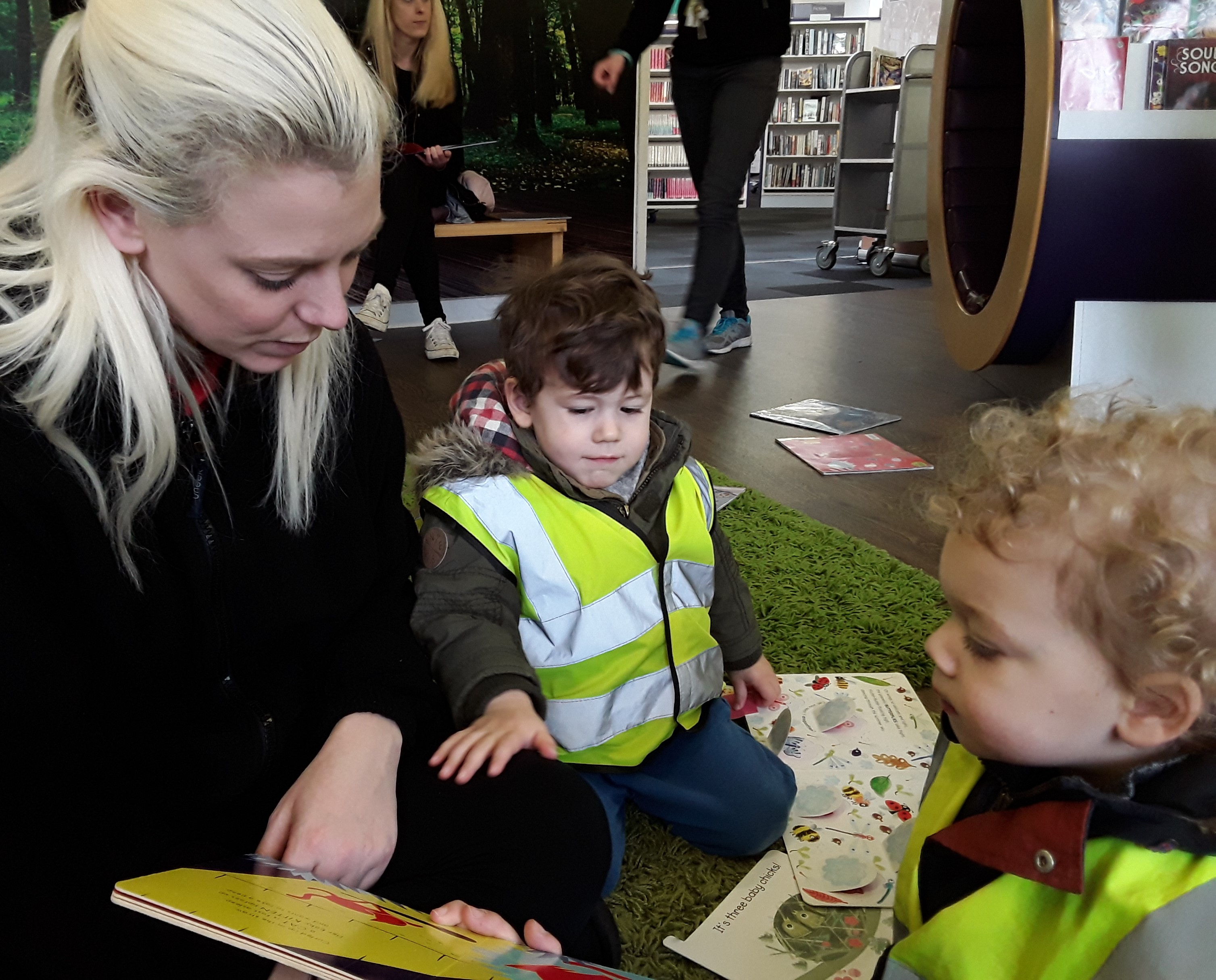 Library Visit SW
Library Visit SW
The children in Gants Hill have been playing ‘Who is on the phone’ All children share an interest in phones so using construction to make the telephones, this encourages the children to hold simple conversations with each other or to pretend a conversation with parents or siblings. For the younger children participating in the activity they will be encouraged to use single words to communicate.
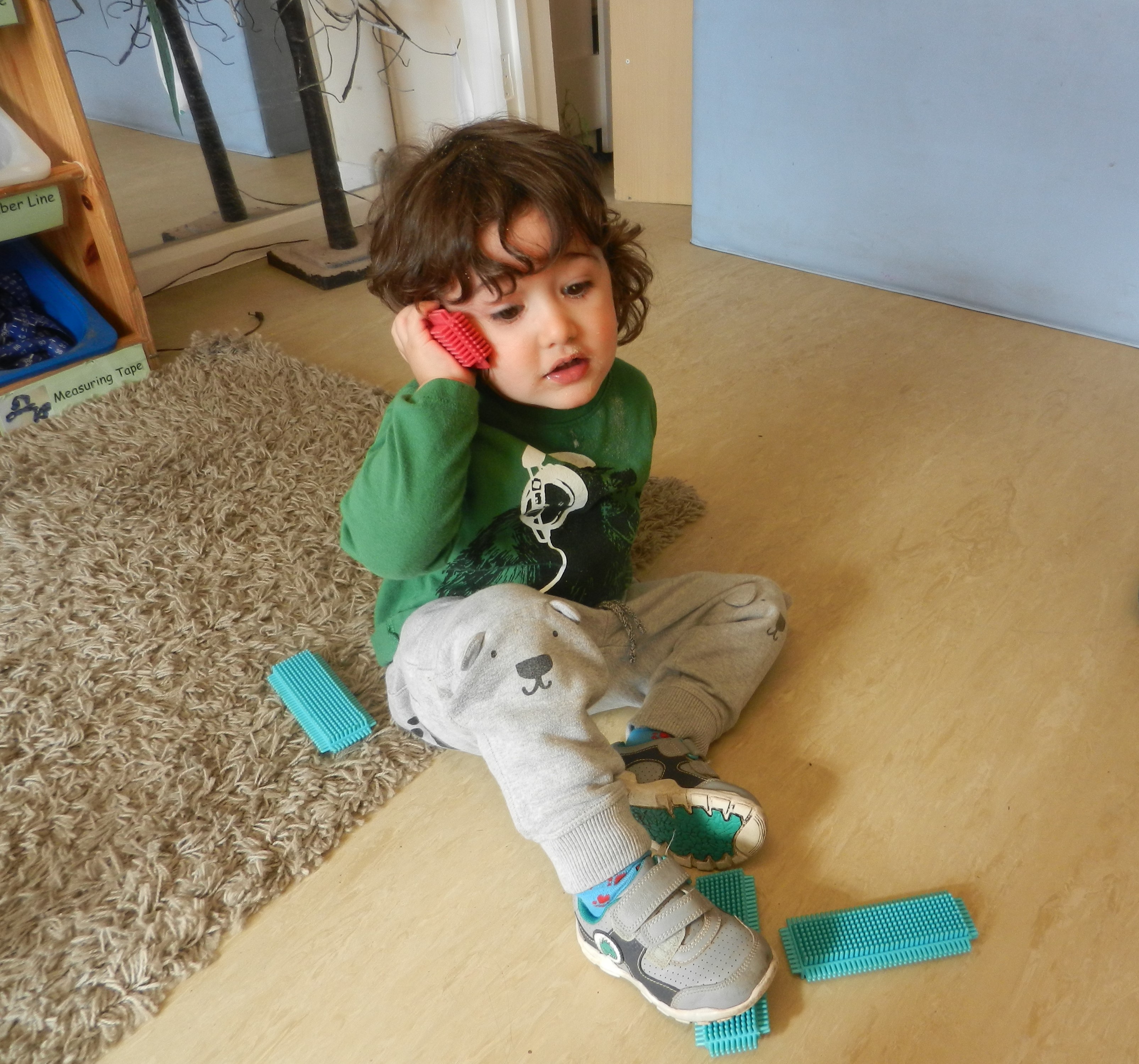
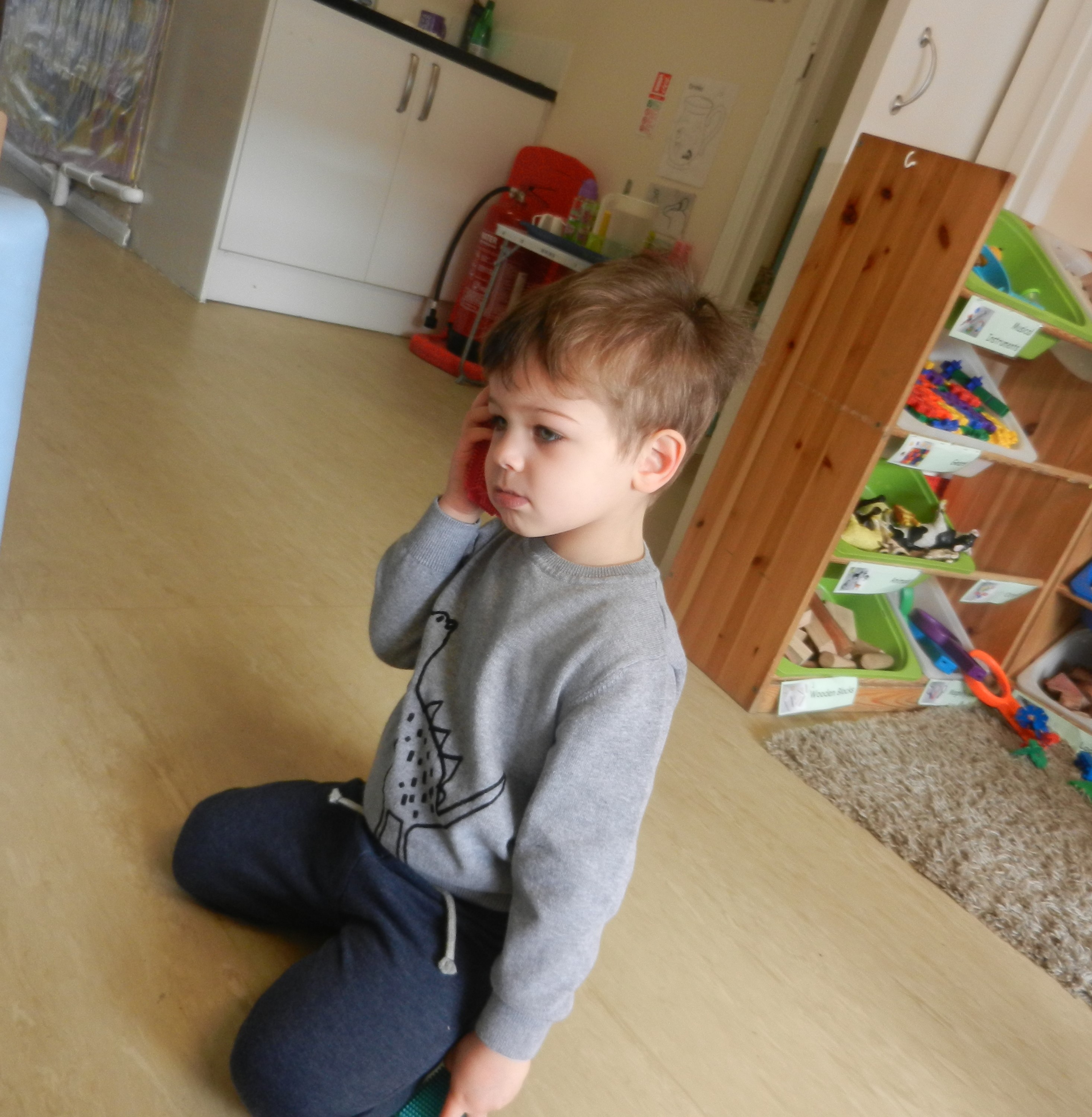
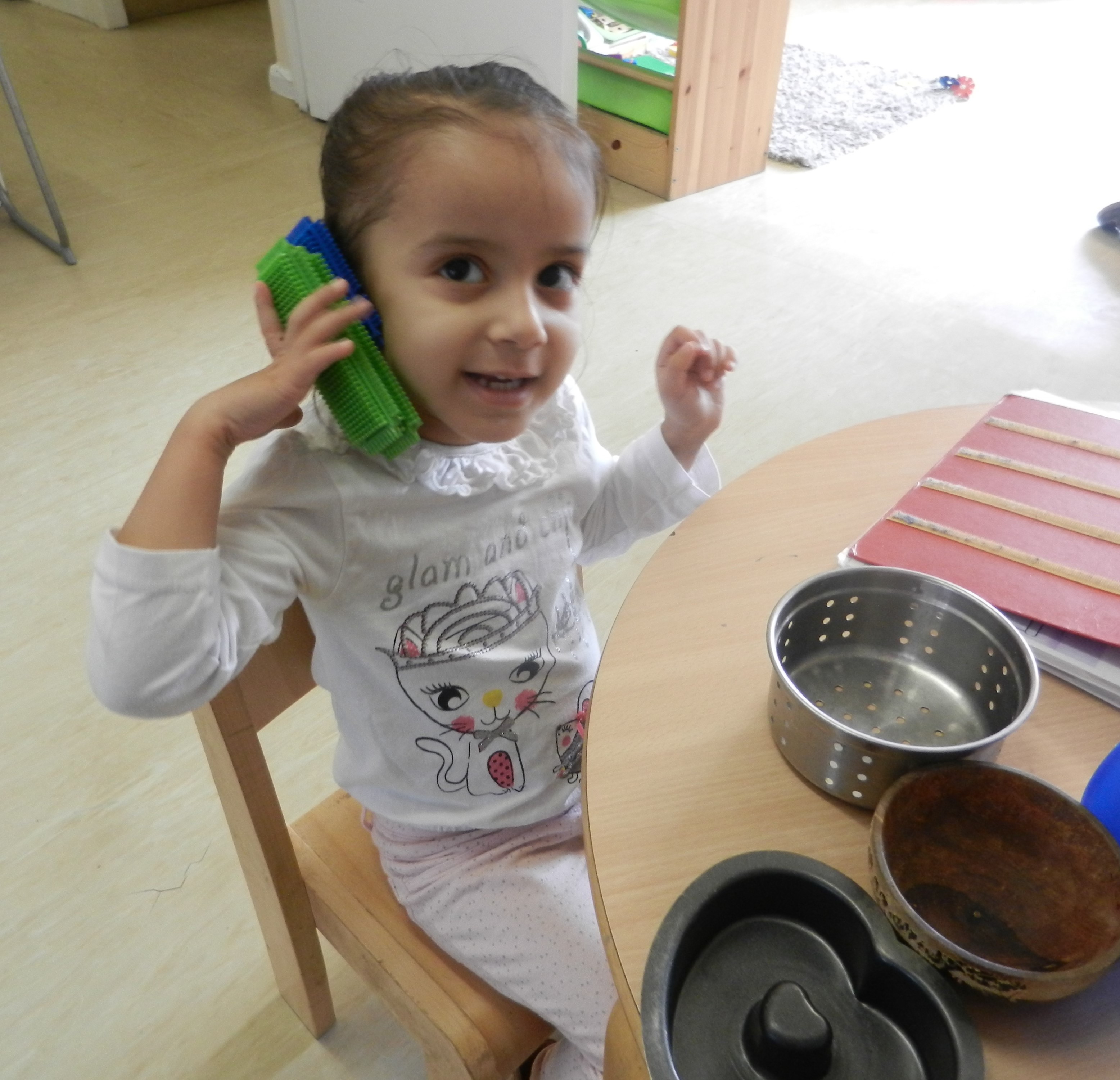
The children in Star fish in South Woodford have been practising their number recognition by counting up the petals on pre-drawn flowers and writing the number of petals they count alongside the flower.Recognition of numbers supports the development of many other number skills, such as counting. Here are some comments made from the children:
"Flowers are in the ground they are purple and green" - Mae
"You get flowers from seeds" - Millie
"You put flower seeds in a pot and then water it and it grows into a big flower" - Libby
"I see flowers when they grow big" - Eitan
"I like blue ones best" - Andreas
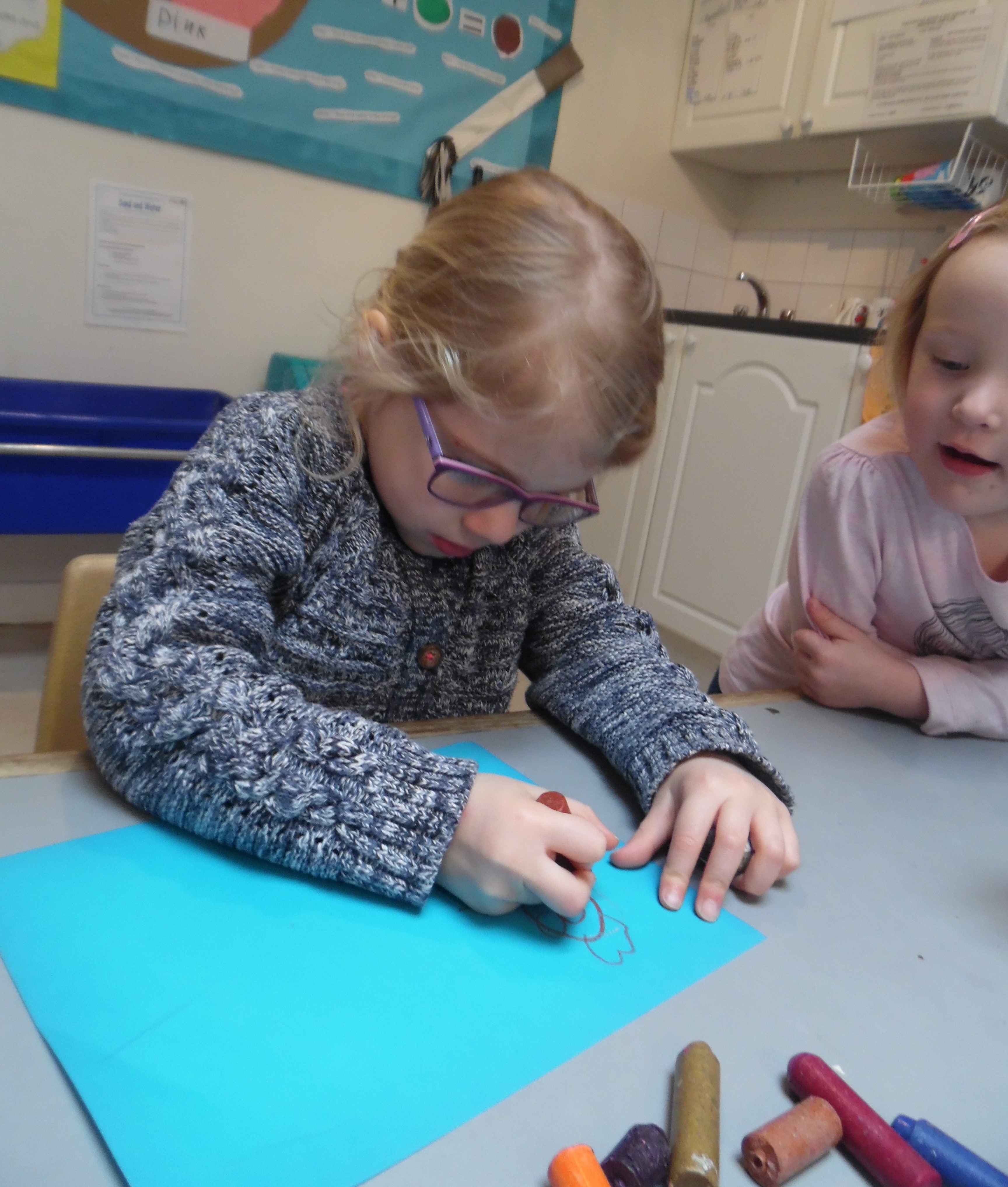
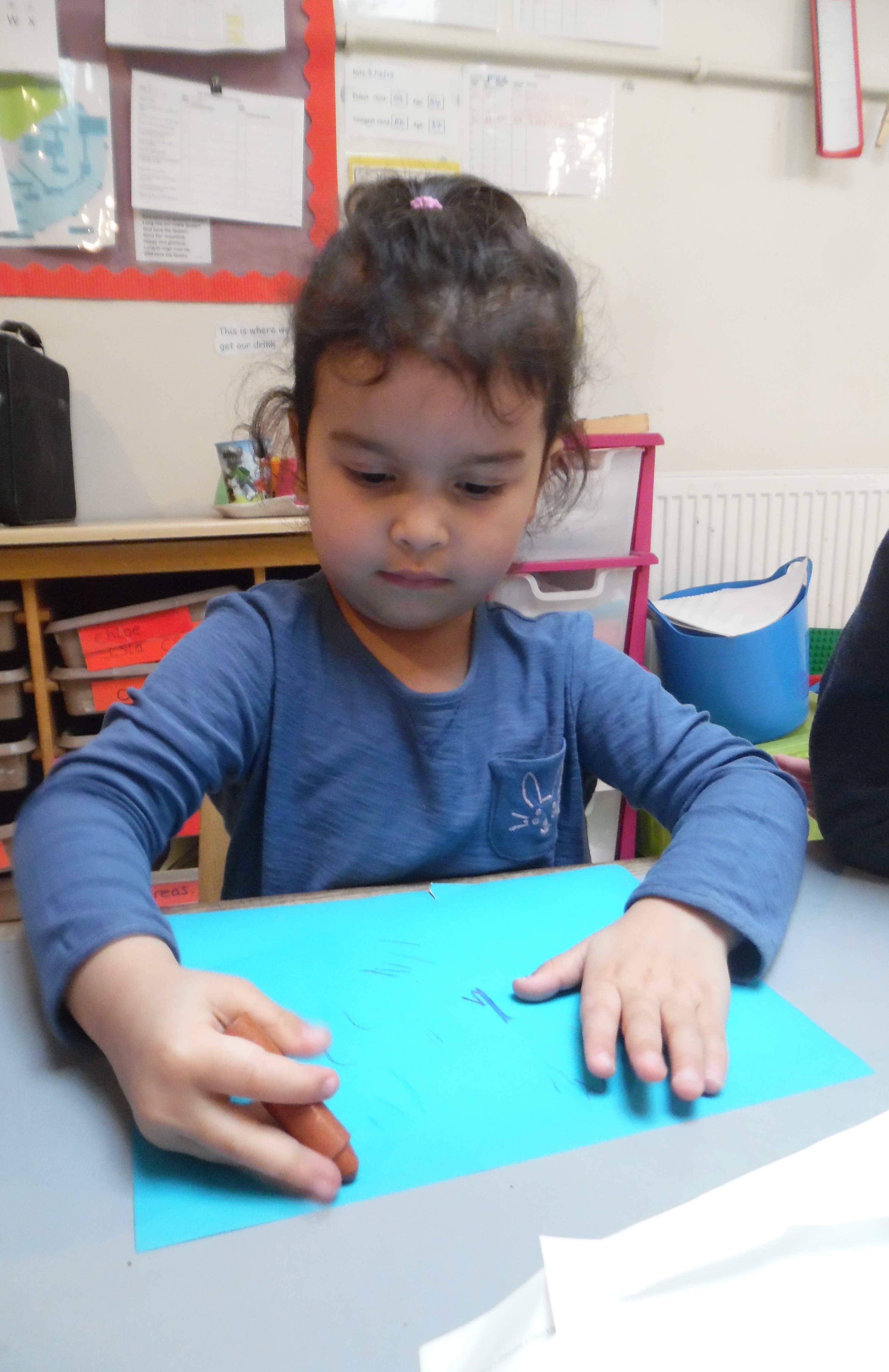
Activity of the Week
The winner of activity of the week is Kelly Preston (SW). Kelly has a planned a construction activity to help a child achieve a mathematics next step. The pieces of Lego to be used will be numbered and the children will be encouraged to build a tower with the numbers being in order. Not only will this help develop understanding of the number sequence, but this activity will be focused on prompting the children to use the terms 'One more' and 'One less'. This is an interesting way to motivate the child to participate and the hands on action will also promote active learning. The extension is linked closely to the activity and for those children able to express knowledge of one more, or one less, they will be asked to show more than one more or less.
Top 5 Children’s Quotes of the week
· "I'm singing in the rain" – Daniel
· “My grandad wears two jackets because he is old” – Zayd
· "We went camping, granddad buried me in the sand" – James
· “My Amma brought my dress” – Maliha
· "I want to be a chef I can cut food" - Chloe
Quote of the Week:
‘No story lives unless someone wants to listen’
- J.K Rowling (Author)
Thank you for taking a glimpse into our Fareacres Learning Community
Until next time...
